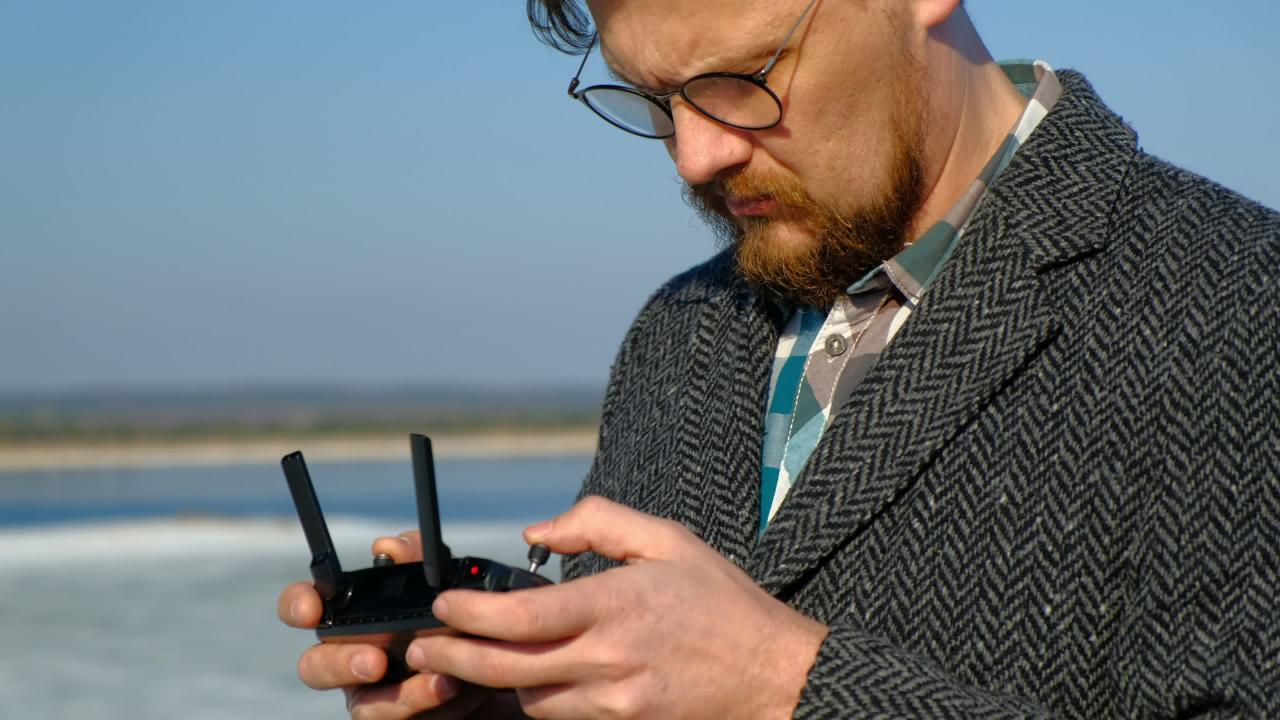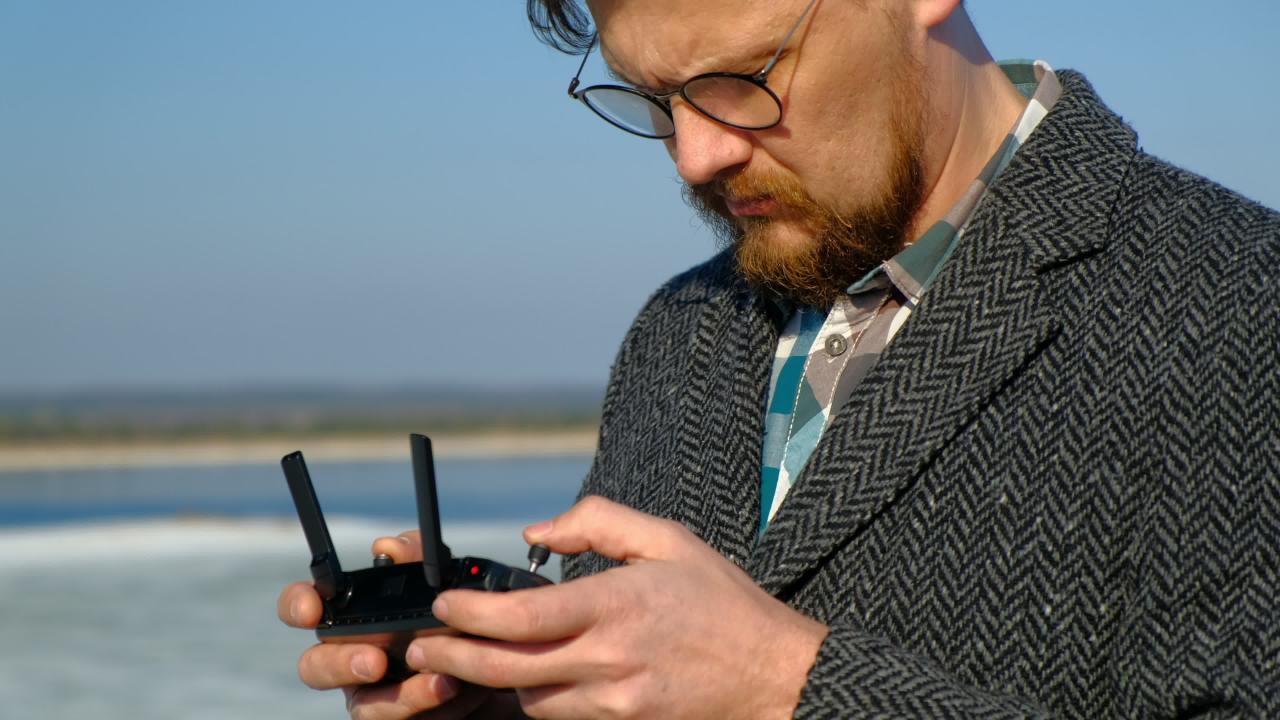Drone remote start: Imagine effortlessly launching your drone from anywhere, anytime. This seemingly futuristic concept is rapidly becoming reality, offering incredible potential across various industries. But with this convenience comes crucial considerations: safety, security, legal compliance, and the underlying technology itself. This guide delves into each aspect, providing a clear understanding of the benefits and challenges of remote drone operation.
We’ll explore the technical intricacies, from communication protocols to hardware components, and navigate the legal landscape, ensuring you’re equipped to operate responsibly and within the boundaries of existing regulations. We’ll also examine real-world applications, showcasing how remote drone starts are revolutionizing various sectors and discuss the exciting future developments on the horizon.
Drone Remote Start: A Comprehensive Overview
Remote drone starting offers exciting possibilities for increased efficiency and convenience, but it also introduces unique safety and security challenges. This article delves into the technical aspects, legal considerations, practical applications, and future trends of this evolving technology.
Safety and Security Concerns of Remote Drone Starting, Drone remote start

Enabling remote drone activation necessitates careful consideration of potential safety and security risks. Unauthorized access, malfunctioning systems, and environmental factors all contribute to a complex risk profile.
Potential safety hazards include accidental activation in hazardous environments, leading to collisions or damage. Security vulnerabilities stem from weak authentication methods or insecure communication channels, potentially allowing malicious actors to hijack the drone.
Strengthening security involves employing robust encryption, multi-factor authentication, and secure communication protocols. Regular software updates and rigorous testing are crucial.
A secure activation protocol should incorporate unique identifiers for each drone, encrypted communication channels, and time-limited access tokens. User authentication should involve multiple factors, such as biometric verification and password-protected access codes.
| Method | Strengths | Weaknesses | Implementation Cost |
|---|---|---|---|
| Biometric Authentication | High security, difficult to replicate | Requires specialized hardware, potential for false positives/negatives | Medium-High |
| Two-Factor Authentication (2FA) | Enhanced security, relatively easy to implement | Can be inconvenient for users, susceptible to SIM swapping attacks | Low-Medium |
| End-to-End Encryption | Protects communication from eavesdropping | Complex to implement, requires significant processing power | Medium-High |
| Regular Software Updates | Addresses vulnerabilities, improves security | Requires consistent maintenance, can be disruptive | Low |
Technical Aspects of Drone Remote Start Systems
Remote drone starting relies on a combination of hardware and software components working in concert. The communication process typically involves several steps, from user authentication to drone activation.
So you’re into drone remote start? It’s pretty cool, right? Getting that bird in the air from afar is half the fun, and knowing the regulations is the other half. For example, if you’re thinking about flying in a place like Paris, check out the specifics on drone regulations there first – you can find some info at drone in paris.
Understanding local rules is key before you even think about hitting that remote start button, to avoid any unexpected issues with your drone flight.
The communication process begins with a command signal sent from a remote control device. This signal is transmitted wirelessly, usually via protocols like WiFi, Bluetooth, or dedicated long-range communication systems like LoRaWAN or cellular networks. The drone receives the signal, verifies the authentication, and then executes the start-up sequence.
Examples of communication protocols include MQTT (Message Queuing Telemetry Transport) for lightweight messaging, and UDP (User Datagram Protocol) for real-time control. Hardware components include a powerful onboard processor in the drone, secure communication modules, and a reliable power source.
Technical challenges include signal interference, latency, and power consumption. Solutions involve using robust antennas, error correction codes, and power-efficient hardware designs. Another significant challenge is ensuring reliable communication in environments with limited connectivity.
- Challenge: Signal interference from other wireless devices.
- Solution: Employing advanced frequency hopping techniques and robust error correction codes.
- Challenge: Latency in communication leading to delayed response.
- Solution: Utilizing low-latency communication protocols and optimizing data transmission.
- Challenge: Power consumption limitations affecting flight time.
- Solution: Implementing power-saving modes and optimizing hardware for efficiency.
Legal and Regulatory Frameworks for Remote Drone Operations
The use of remote drone starting is subject to various legal and regulatory frameworks, varying by jurisdiction. These regulations are designed to ensure safe and responsible drone operation, protecting public safety and privacy.
Remote drone starting may necessitate additional licensing or permits beyond standard drone operation requirements. Malfunctions could lead to significant legal liabilities, including property damage or personal injury. Operators must be aware of the relevant laws and regulations to mitigate potential risks.
The process for obtaining permits generally involves submitting an application, demonstrating compliance with safety regulations, and undergoing a background check. Failure to comply with regulations can result in hefty fines or even criminal charges.
- Obtain all necessary permits and licenses before operating a drone with remote start capabilities.
- Maintain detailed records of all drone flights, including remote start activations.
- Comply with all applicable airspace restrictions and regulations.
- Ensure your drone is equipped with appropriate safety features and undergoes regular maintenance.
- Familiarize yourself with and adhere to all local, state, and federal drone regulations.
Practical Applications of Remote Drone Starting

Remote drone starting offers numerous advantages across various industries, enhancing operational efficiency and safety. From search and rescue to infrastructure inspection, the ability to initiate flights remotely expands drone capabilities significantly.
In search and rescue operations, a drone can be deployed remotely to survey disaster areas, improving response times and minimizing risk to human personnel. In infrastructure inspection, remote starting allows for autonomous inspections of hazardous structures, reducing the need for manual intervention.
Consider a scenario involving a remote inspection of a high-voltage power line. A technician, safely positioned at a distance, initiates the drone’s flight using a secure remote system. The drone autonomously navigates the power lines, capturing high-resolution images and videos. This minimizes risk to the technician and allows for efficient inspection of the critical infrastructure.
Future Trends in Drone Remote Start Technology

The future of remote drone starting involves integrating advanced technologies for enhanced safety, security, and functionality. Artificial intelligence, improved communication protocols, and more robust security measures are expected to shape this technology’s evolution.
Artificial intelligence could be incorporated for autonomous decision-making during remote start procedures, improving safety and reliability. Advanced communication protocols may enable drones to operate reliably in challenging environments with limited connectivity. Enhanced security features, like blockchain-based authentication, could further protect against unauthorized access.
Want to start your drone from afar? Drone remote start is super handy, especially if you’re prepping for a long flight. Understanding the implications of remote starts is crucial, especially considering the increase in reported US drone sightings , which often raise security concerns. So, before you hit that remote start button, always check local regulations and ensure your drone’s within a safe and legal operating zone.
A projected timeline might show advancements in AI-powered autonomous start-up procedures within the next 5 years, followed by widespread adoption of blockchain-based security measures within the next 10 years.
Final Conclusion: Drone Remote Start
Remote drone starting represents a significant leap forward in drone technology, promising increased efficiency and accessibility. However, responsible implementation requires careful consideration of safety, security, and legal compliance. By understanding the technical aspects, legal frameworks, and potential challenges, we can harness the power of remote drone activation while mitigating risks and ensuring ethical operation. The future of drone technology is undoubtedly intertwined with remote starting capabilities, paving the way for innovative applications and exciting possibilities.
Ever wondered how drone remote start works? It’s all about the signal, and the range can vary wildly depending on the tech. Think about the recent news on drone attack russia ; those likely used sophisticated systems for long-range control and precise targeting. Understanding that helps you appreciate the complexities of even a simple drone remote start function, especially considering the potential for interference and security issues.
User Queries
What are the typical communication protocols used in drone remote start?
Common protocols include WiFi, Bluetooth, and various long-range radio systems like LoRaWAN. The choice depends on range, security needs, and data bandwidth requirements.
How much does a remote drone start system cost?
Costs vary widely depending on the complexity of the system, features, and brand. Expect a range from a few hundred dollars for basic systems to several thousand for more sophisticated, enterprise-grade solutions.
What kind of training is needed to operate a drone with remote start capabilities?
The level of training depends on the complexity of the drone and the regulations in your area. At minimum, you’ll need a basic understanding of drone operation and safety procedures. Advanced systems may require specialized training.
Are there any specific insurance requirements for using remote drone start?
Insurance requirements vary by location and drone use. Check with your local authorities and insurance provider to ensure adequate coverage for potential accidents or damages.
